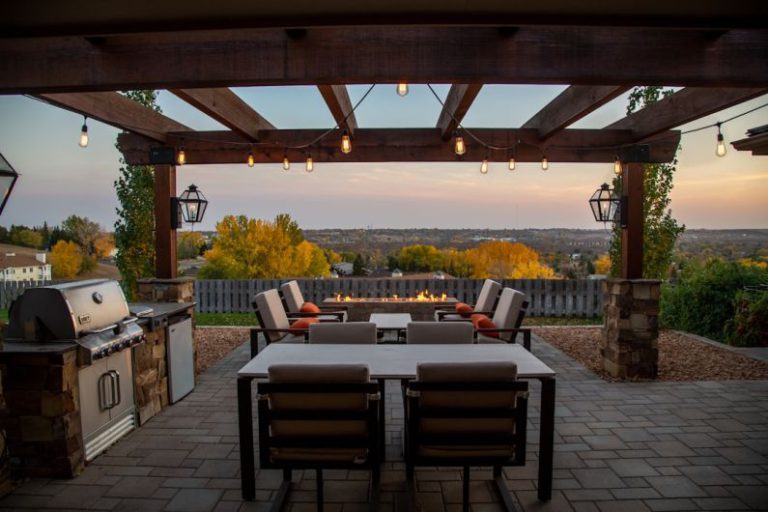How to Create Your Own Urban Garden?
Urban gardening has become a popular trend among city dwellers looking to reconnect with nature and enjoy the benefits of growing their own produce. Creating your own urban garden might seem like a daunting task, especially if you live in a small apartment or have limited outdoor space. However, with a bit of creativity and some simple techniques, you can turn even the smallest urban space into a thriving green oasis. In this article, we will explore the steps you can take to create your own urban garden and enjoy the joys of gardening right in the heart of the city.
Choosing the Right Location
The first step in creating your own urban garden is to choose the right location for your plants. Consider the amount of sunlight your chosen spot receives throughout the day, as most plants require at least 6-8 hours of sunlight to thrive. If you have a balcony or rooftop access, these can be great locations for your urban garden. Alternatively, you can also use windowsills, walls, or even indoor spaces with grow lights to grow a variety of plants.
Selecting the Right Plants
When it comes to urban gardening, choosing the right plants is crucial for success. Opt for plants that are well-suited to your climate and the amount of sunlight available in your chosen location. Herbs like basil, mint, and parsley are great options for beginners and can thrive in small containers. If you have more space, consider growing vegetables like tomatoes, peppers, or salad greens. Succulents and cacti are also excellent choices for urban gardens as they require minimal maintenance and can add a touch of greenery to any space.
Container Gardening
Container gardening is a popular choice for urban gardeners as it allows you to grow plants in small spaces and control the growing conditions more easily. When selecting containers for your urban garden, make sure they have drainage holes to prevent waterlogging. You can use a variety of containers, such as pots, planters, or even recycled items like old buckets or crates. Be sure to choose containers that are large enough for your plants to grow and provide adequate room for root development.
Soil and Fertilizer
Good quality soil is essential for the success of your urban garden. Choose a well-draining potting mix that is rich in nutrients and suitable for the types of plants you are growing. You can also add organic matter like compost or worm castings to improve soil fertility and structure. Fertilize your plants regularly with a balanced fertilizer to ensure they receive the nutrients they need to grow and thrive.
Watering and Maintenance
Proper watering is crucial for the health of your plants, especially in urban environments where temperatures can fluctuate and soil can dry out quickly. Check your plants regularly and water them when the top inch of soil feels dry to the touch. Avoid overwatering, as this can lead to root rot and other issues. In addition to watering, make sure to regularly check for pests and diseases, and address any issues promptly to prevent them from spreading to other plants.
Creating a Vertical Garden
If you’re short on space in your urban environment, consider creating a vertical garden to maximize your growing area. Vertical gardens can be made using wall-mounted planters, trellises, or hanging baskets to grow a variety of plants vertically. This not only saves space but also adds a decorative element to your urban garden. Consider growing climbing plants like beans, peas, or cucumbers that can thrive in a vertical environment and provide a bountiful harvest.
Embracing Sustainability
Incorporating sustainable practices into your urban garden can help minimize your environmental impact and create a more eco-friendly space. Consider using organic fertilizers and pest control methods, recycling water whenever possible, and composting kitchen scraps to reduce waste. You can also attract beneficial insects like bees and butterflies to your garden by planting native flowers and providing habitat for pollinators. By embracing sustainability in your urban garden, you can create a thriving ecosystem that benefits both you and the environment.
Enjoying the Fruits of Your Labor
After putting in the time and effort to create your own urban garden, it’s time to sit back, relax, and enjoy the fruits of your labor. Whether you’re harvesting fresh herbs for a homemade meal, picking ripe tomatoes from your balcony garden, or simply admiring the greenery surrounding you, urban gardening offers a multitude of rewards. Take pride in the fact that you’ve created a thriving garden in the midst of the city and share your passion for gardening with others. With a little creativity and dedication, anyone can create their own urban garden and experience the joys of growing their own food and connecting with nature, no matter where they live.






